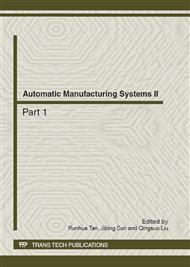p.1353
p.1357
p.1362
p.1366
p.1371
p.1376
p.1380
p.1384
p.1390
Infinite Matrix Transformation of a Class of Operator
Abstract:
On the basis of the uniform convergence theory, this paper discusses the infinite matrix transformation of a class of operator which includes the whole linear operators、homogeneous operator and the many nonlinear operators, and then has obtained the conclusion of the summability of nonlinear operator.
Info:
Periodical:
Pages:
1371-1375
Citation:
Online since:
June 2012
Authors:
Price:
Сopyright:
© 2012 Trans Tech Publications Ltd. All Rights Reserved
Share:
Citation:


